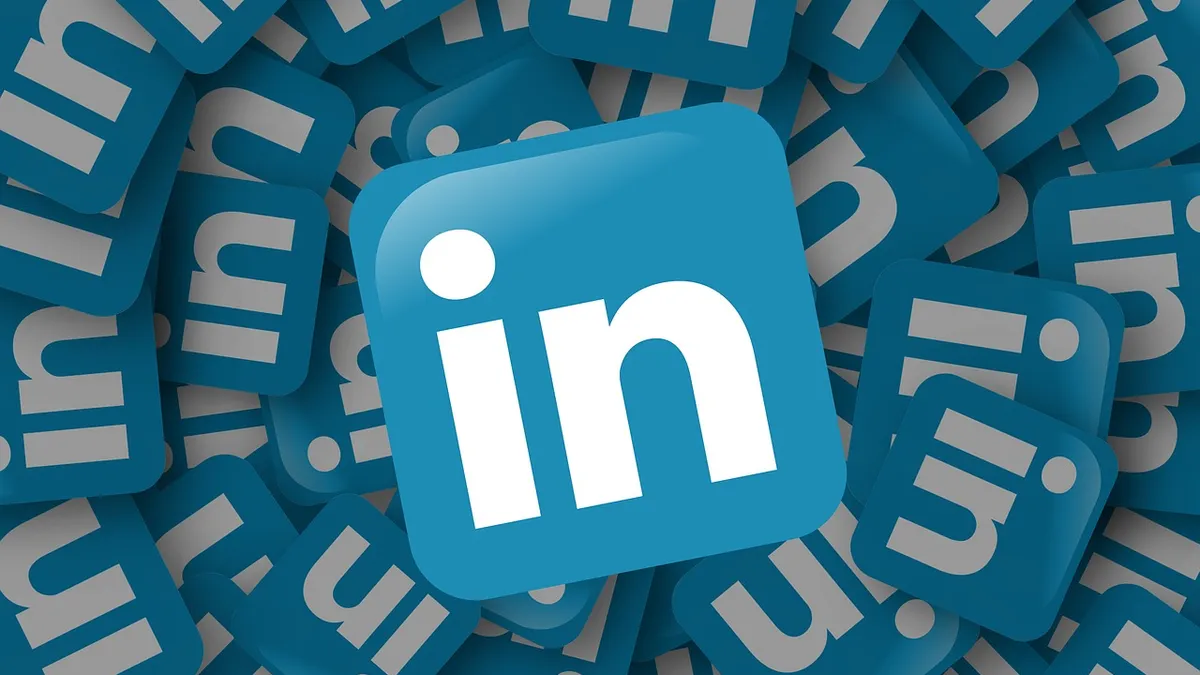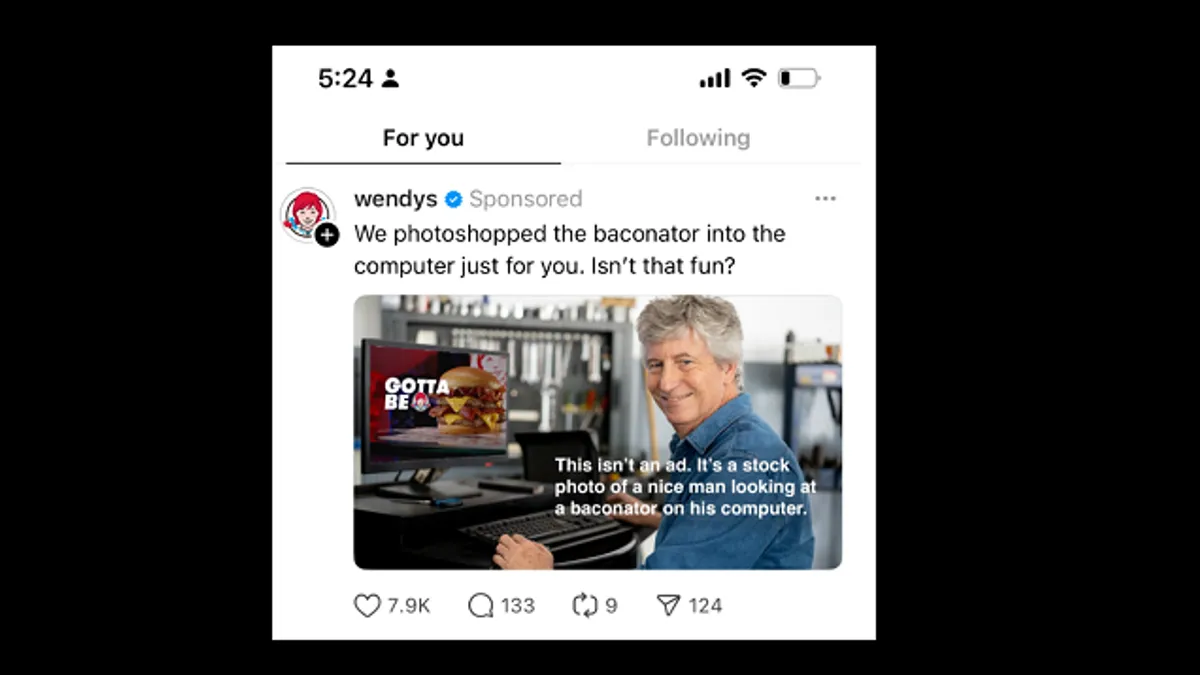Last week began with a bombshell announcement: Microsoft bought B2B social media platform LinkedIn for $26.2 billion. The immediate consensus reaction to the deal around the marketing world was surprise.
What the Microsoft deal means for LinkedIn quickly became the subject of much speculation and interest for marketers. Many B2B marketers today rely on the platform for a number of services, particularly its professional groups and advertising opportunities.
The announcement of the deal stated that LinkedIn would remain independent while working closely together with its new parent company. In a letter to employees, LinkedIn CEO Jeff Weiner said the social media company would make use of Microsoft’s more than a billion customers to scale the reach and engagement of the platform, work with Microsoft on enterprise solutions for business intelligence distribution and collaboration, and allow its sponsored content advertisers access to Microsoft users, among other business goals.
As analysis on the deal started coming out last week, Ad Exchanger reported that the deal was less about advertising than about marketing technology. “The advertising possibilities were not the reason for the acquisition,” Forrester VP and principal analyst Melissa Parrish bluntly told Ad Exchanger.
Business 2 Community listed possibilities about how the acquisition might impact B2B marketing: more inventory for sponsored updates, account-based marketing within Bing ads, better retargeting and display, lookalike B2B audiences, and integrations with Microsoft Dynamics for segmentation and data hygiene.
To learn more about where LinkedIn could go from here and how it might impact B2B marketing, Marketing Dive reached out to four experts active in different industry capacities for their perspectives.
1. The deal raises data privacy concerns
The industry reaction to the deal has been mixed, according to Ryan Phelan, VP of marketing insights at Adestra and a board member for the ESPC (Email Sender and Provider Coalition). Some people think LinkedIn’s functionality will improve with the integration of MS Office applications, he said, but there are also concerns about the timeline for any improvements.
Phelan also voiced privacy concerns around the deal. “Others (as am I) are concerned as to the access to data that Microsoft will have. From a privacy perspective, Microsoft now has highly accurate data on both the work and personal side of a person’s profile. What are the permissions or opt-in regime that we will see from Microsoft as they use that data or sell it?”
There are potential advantages for B2B marketing around data accuracy. By being able to combine Microsoft’s consumer data with LinkedIn’s user-submitted content, LinkedIn could make personal information on LinkedIn users more accurate, while Microsoft might have access to more accurate information when marketing to those users.
“We have a B2B social media platform now linked with a company that has consumer data," Phelan said, adding a caveat. "Because of this change, does LinkedIn data now become less useful because of the privacy concerns?”
Phelan raised concerns that integrating LinkedIn with Microsoft may diminish LinkedIn's core purpose as a B2B social network: If too many changes are made to the platform, users might not find it as valuable from a social media standpoint.
2. The deal could bring 'potentially new kinds of targeting'
The immediate reaction from people that John Keehler, adjunct professor of marketing at SMU Cox Business School, spoke with was bafflement. They still viewed LinkedIn as a job site or social network, he said, whereas in reality it has evolved into a “robust platform for professional development and an indispensable intelligence and outreach tool for sales.”
“The overall opportunity for B2B advertisers will be positive," he said. "Microsoft CEO Satya Nadella mentioned in a memo to employees the potential integration of the LinkedIn newsfeed with Microsoft platforms. This would certainly mean broader advertising opportunities and potentially new kinds of targeting.”
Keehler explained that LinkedIn’s API is widely used for data enrichment in prospecting, sales and CRM tools. He hopes that Microsoft expands those efforts and keeps that data open.
Keehler doesn’t see much downside for LinkedIn, given the public statement that the brand will stay separate and leadership will remain the same.
“At the very least, it will provide Microsoft a great resource to connect with business decision makers,” said Keehler. “But I could see Microsoft using this acquisition to re-imagine their efforts in CRM. Remember, LinkedIn's Sales Navigator, as well as recent acquisitions like Rapportive, already provide a core CRM feature set.”
3. The deal could help LinkedIn meet its revenue generation challenge
Will Microsoft's management expertise make LinkedIn more profitable, given that Microsoft doesn’t have a strong track record in this with previous acquisitions? And will the potential cross-palletization of products and talent — such as integrating LinkedIn into Office 360 and Microsoft cloud services — change things for both companies?
Those are the key questions surrounding the deal for Drew Neisser, founder and CEO of Renegade LLC, a NYC-based social marketing agency.
“Obviously Microsoft is betting $26 billion that the answer is yes!” he said. “History is not on their side. Just ask HP how their big acquisitions (Compaq $25B, EDS $15B) worked out.”
“The party line right now is that Microsoft will leave LinkedIn as a separate and autonomous operating unit," he said. "If that is the case, we’re back to the question how is this going to help LinkedIn solve its revenue generation problem?”
Although LinkedIn has the largest B2B network of 400 million users, "the flood of content from seemingly every brand and millions of users has made a user’s LinkedIn stream overwhelming which decreases the likelihood that users will revisit the site regularly,” he added.
He compared LinkedIn to Facebook and its command of users' time, estimated at a whopping 50 minutes a day. “Unless Microsoft can help them with a Facebook-like news feed algorithm, this trend is only going to get worse.”
The upside for LinkedIn, Neisser said, is that the deal comes at a 50% premium on the company's pre-acquisition stock price, while Microsoft’s massive cash reserves provide LinkedIn with R&D investment dollars.
On the positive side, it is easy to imagine LinkedIn getting integrated into Microsoft’s CRM offering and Office 360, he said. LinkedIn’s InMail could plug directly into Outlook email, making it easier to reach people via InMail, while contact files in Outlook tagged as LinkedIn connections could make it easier to add new LinkedIn connections via a single click.
But Neisser also sees the possibility of a less successful future for the deal. “Imagine for a moment that Microsoft purchased Burning Man in the middle of the festival. It would feel so great, right? An awesome community gathered around a shared bonfire of inspiration, holding hands and singing ‘let’s save the world’ together,” he explained. “Then in a few days the community dissipates and it was like it never happened. In my humble opinion, the LinkedIn community that Microsoft so covets is just a few clicks away from a post-Burning Man diaspora. I wish them the best of luck with this.”
4. The deal offers multiple areas where LinkedIn can integrate into Microsoft
“Every major tech company right now is trying to build a social data layer," Joe Youngblood, founder of digital marketing strategy firm Winner Winner Chicken Dinner, told Marketing Dive. "Microsoft is likely going to leverage the purchase of LinkedIn and their assets Lynda and Slideshare.net to help users of Windows devices discover business education, local networking, job opportunities, and B2B suppliers they might want to connect with — all with simple voice commands in Cortana or mere keystrokes inside of the Windows search feature.”
Youngblood sees the deal as a potential disruptor for job review sites like Glassdoor, job listing websites such as Monster or Indeed, educational portals that offer tech/business education online such as Udemy, and B2B marketplaces such as Alibaba.
“Microsoft could conceivably attempt to interrupt spaces as mentioned above or they could seek to augment them by providing a more connected business platform,” he said. “For the price tag, it's clear that Microsoft sees revenue growth potential, not just something to help them sell Windows or Surface tablets.”
Youngblood also pointed a few areas where LinkedIn might integrate with Microsoft products:
- Windows Integration: LinkedIn, Lynda, and Slideshare data can power Windows to aid users in order to find new jobs and new career opportunities, obtain more education, prove their value, and even eventually setup B2B commerce.
- Bing Integration: LinkedIn data could help Bing serve users more relevant results for users signed into LinkedIn or searching for business topics that would otherwise end up at third-party websites or websites owned by competitors like Google.
- Cortana Integration: “Imagine speaking to a voice assistant like a close friend and telling it that you're frustrated with your job,” said Youngblood. “Cortana could then respond with something like this ‘Well, you know Jim McDougal? The company he works at is filling a position you're a good fit for, would you like to apply?’ Or perhaps instead you tell Cortana that you're no longer interested in your job industry and she replies with, ‘People from your industry who have taken this X course on from Lynda and then taken a job in this X industry appear happier and more satisfied. Would you like to learn more or sign up for the course?’”
- B2B Commerce: Cortana, Bing, and Windows Search could use LinkedIn connections data to help find trusted B2B supplies. Youngblood provided an example: “If you are starting out as a new company and need an accountant, Microsoft's search services could return one or more accountants that are close to your connections and help you engage with them.”
If the system relates physical goods for B2B with companies and the companies with employees, LinkedIn could also help find someone to speak to about a product purchase decision. “For example if you're starting a retail store and you want to purchase a barcode scanner, the search services could dig through your connections and see if you know anyone from Wasp or another barcode technology supplier.”
Youngblood offered his takeaway on the deal: “This will all help Microsoft maintain and grow their business sector user base, more importantly licenses, as well as grow into new verticals and to power deeper, richer, engagement with Microsoft's Cortana voice assistant.”






















